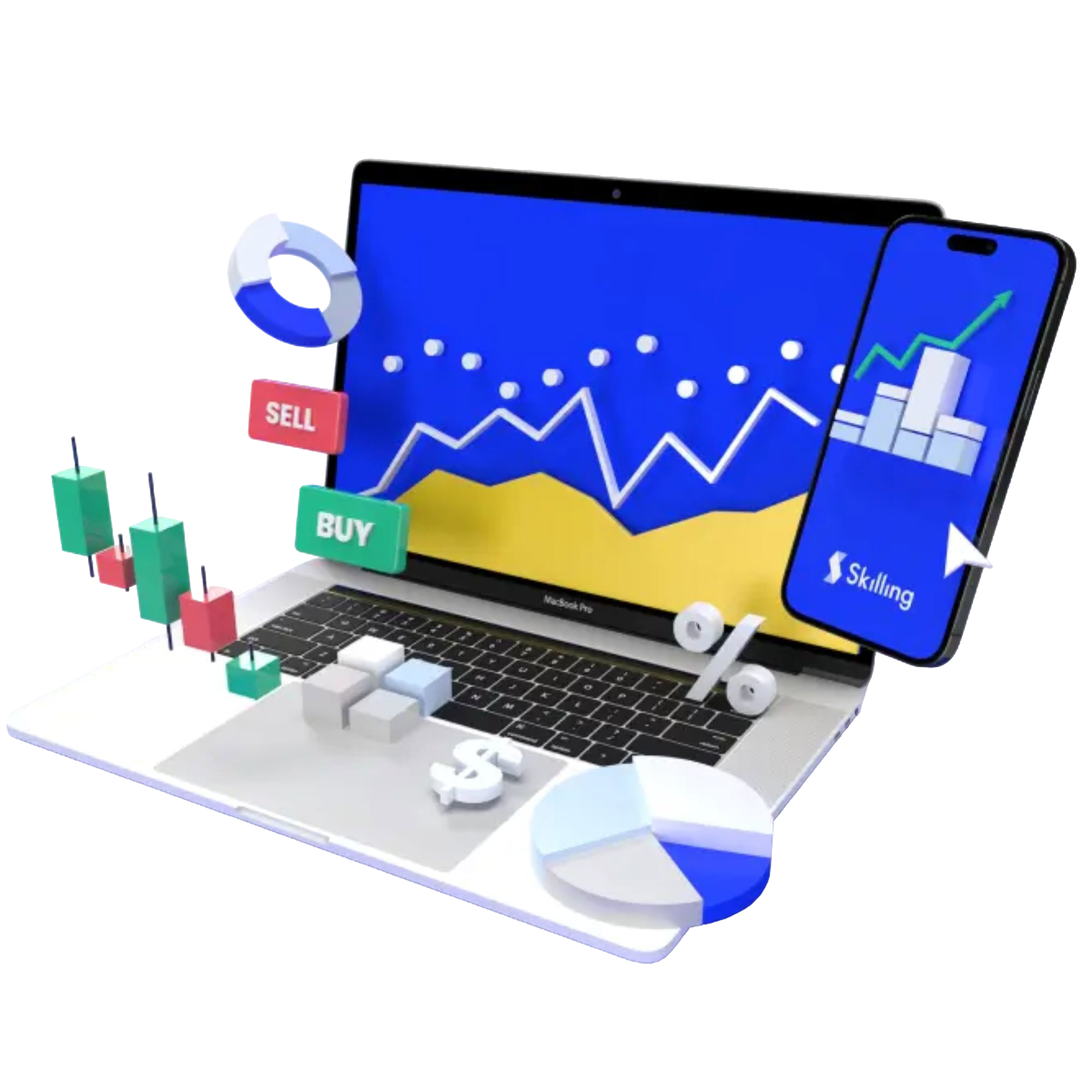In finance and economics, the terms "dovish" and "hawkish" are often used to describe the stance of central banks and policymakers. Understanding these terms can provide valuable insights into market sentiment and help traders make informed decisions.
In this article, we will explore what it means to be dovish, how it differs from being hawkish, the impact of dovish policies on trading, and provide an example of how to use dovish sentiment in trading.
Practice with a Demo Account
Try our demo account and experience real market conditions.

What does dovish mean and how is it different from hawkish?
A dovish stance refers to a monetary policy approach that prioritizes economic growth and employment over controlling inflation. Policymakers with a dovish outlook are more likely to support lower interest rates and other measures to stimulate economic activity, even if it means tolerating higher inflation in the short term.
The term "dovish" derives from a dove's gentle and peace-seeking nature, symbolizing a more accommodating and growth-oriented policy.
In contrast, a hawkish stance focuses on controlling inflation and maintaining price stability, often through higher interest rates and tighter monetary policy. Policymakers with a hawkish outlook prioritize preventing inflation from rising, even if it means slowing down economic growth.
Curious about Forex trading? Time to take action!
Use our free demo account to practise trading 70+ different Forex pairs without risking real cash.

How does a dovish policy affect your trading?
A dovish policy can have several effects on the financial markets and trading strategies:
- Lower interest rates: Dovish policies typically lead to lower interest rates, which can reduce the cost of borrowing and encourage investment in riskier assets like stocks and commodities.
- Weaker currency: Lower interest rates can lead to a depreciation of the currency, as lower returns on investments make the currency less attractive to foreign investors.
- Boost to equities: Lower interest rates and increased liquidity often result in higher stock prices, as businesses can borrow more cheaply and investors seek higher returns in the stock market.
- Commodity prices: Lower interest rates can also support higher commodity prices, as a weaker currency makes commodities priced in that currency cheaper for foreign buyers.
For instance, understanding the gold price can be crucial when a central bank adopts a dovish policy, as gold often benefits from lower interest rates and a weaker currency.
How to use dovish in trading, for example
To illustrate how to use dovish sentiment in trading, let’s consider an example:
Suppose the Federal Reserve signals a dovish shift, indicating that it will lower interest rates to support economic growth. As a trader, you might anticipate the following impacts:
- Stock market: Expecting lower borrowing costs and improved corporate earnings, you decide to increase your exposure to stocks, particularly in sectors like technology and consumer goods, which benefit from lower interest rates.
- Currency market: Anticipating a weaker US dollar due to lower interest rates, you might short the USD against other currencies like the EUR or JPY.
- Commodities: With the expectation of a weaker dollar, you might also invest in commodities such as gold and oil, which typically rise when the dollar weakens.
By aligning your trading strategy with the anticipated effects of dovish policy, you can potentially enhance your returns.
Summary
Understanding whether a central bank is taking a dovish or hawkish stance is crucial for traders. A dovish policy, characterized by lower interest rates and a focus on stimulating economic growth, can impact various asset classes, including equities, currencies, and commodities.
By staying informed about central bank policies and adjusting your trading strategies accordingly, you can better navigate market movements and optimize your trading outcomes.
FAQs
1. What does dovish mean in economic policy?
Dovish refers to a monetary policy stance that prioritizes economic growth and employment over controlling inflation, often through lower interest rates.
2. How is dovish different from hawkish?
Dovish policies focus on stimulating economic activity and employment, even at the risk of higher inflation. Hawkish policies prioritize controlling inflation, often through higher interest rates, even if it slows economic growth.
3. How does a dovish policy affect trading?
A dovish policy can lead to lower interest rates, a weaker currency, higher stock prices, and increased commodity prices.
4. Can you give an example of using dovish sentiment in trading?
If a central bank signals a dovish shift, traders might increase exposure to stocks, short the currency, and invest in commodities like gold.
5. Where can I learn more about market analysis and trading strategies?
For comprehensive resources and tools to enhance your trading strategies, consider platforms like Skilling, which provide insights into various markets and assets.











